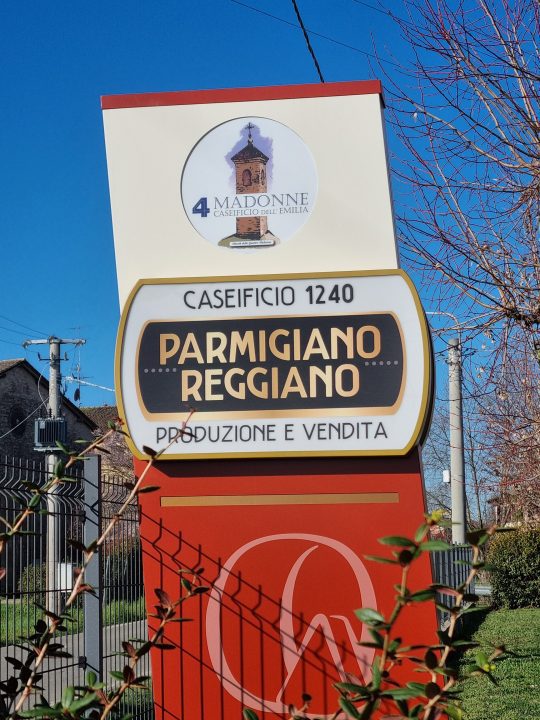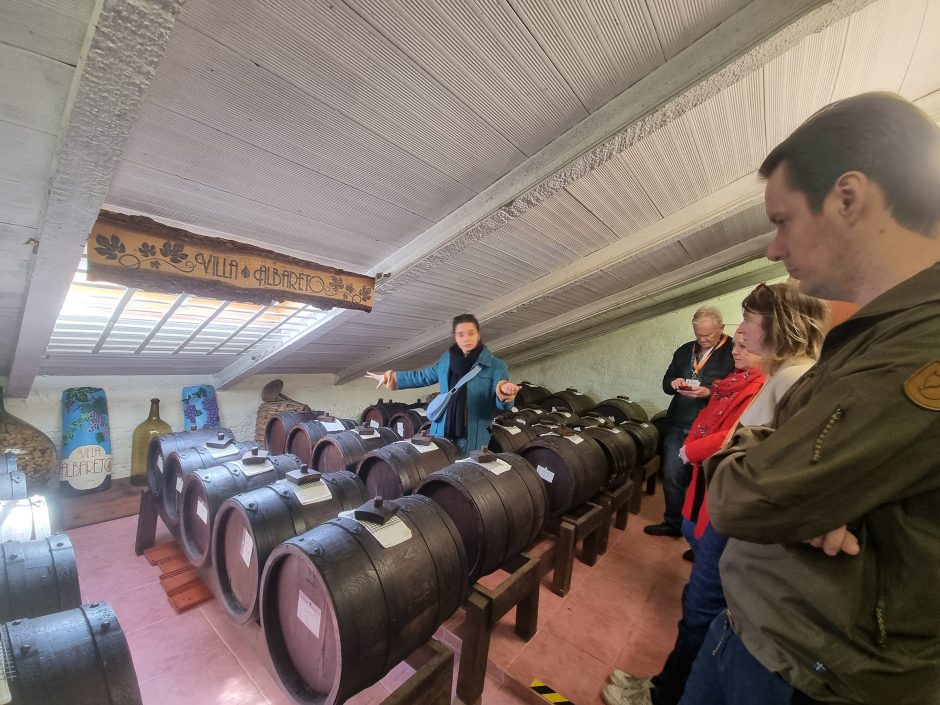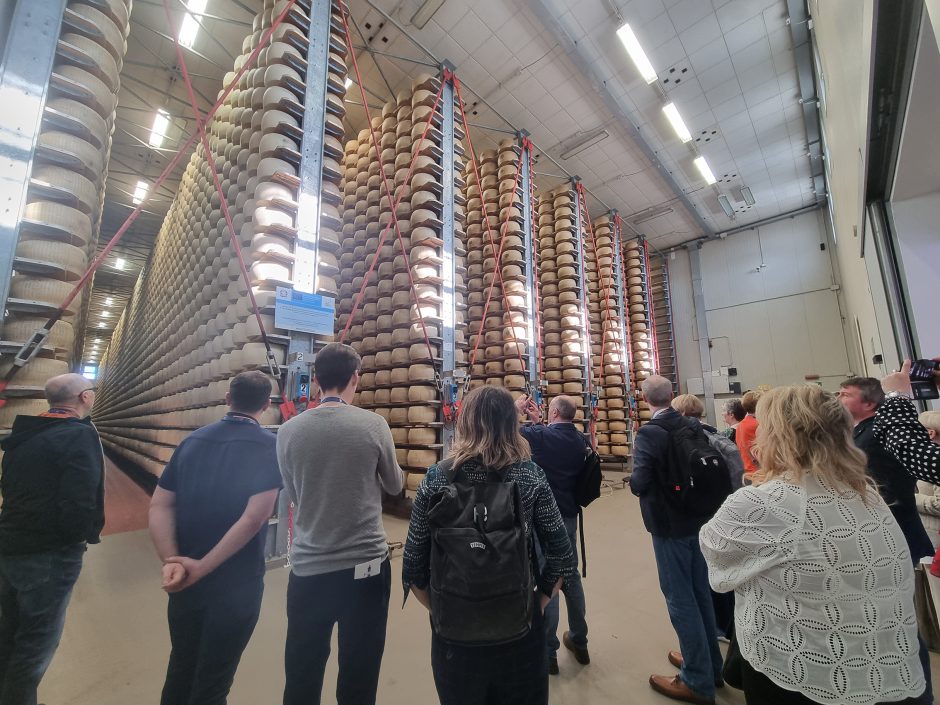Hailed around the world as a success story of regional co-operativism, Emilia Romagna in northern Italy played host last month to members of the Cooperative Councils Innovation Network (CCIN) as Britain struggles to revive its flagging local economies.
The study visit was organised by CCIN and facilitated by Confcoop’s Davide Pieri, with the support of Mario Montanari, former international relations manager at the regional authority.
Emilia Romagna offers an enviable, inspiring story: it emerged from World War II as one of the poorest parts of the country but is now one of the wealthiest regions in Europe, ranking third in Italy by GDP per capita. Inequality is also lower than the national average in Italy or the UK.
This might not be solely down to the region’s co-op economy, but researchers at the University of Bologna found that Italian regions with greater co-op presences tend to be more prosperous, equitable and resilient.
And, as Simona Caselli, president of Italy’s leading dairy business, Bologna-based co-op Granlatte, told the UK guests: “Co-operation was actually key to keeping people out of misery, particularly in the agricultural sector, because they had nothing.”
What they have now, CCIN members found on their three-day tour, is a powerful co-op ecosystem, active in every sector. Two thirds of the region’s population are members of a co-op and one in seven workers are employed by one. This co-operative landscape was well reflected in the range of co-ops visited by the group – agri-food, employment programmes, banking, healthcare, transport services and social centres.
Caselli explained that Emilia Romagna is a cradle of Italy’s co-op movement, dating back to the 19th century, when two separate co-op traditions were emerging – one rooted in Catholicism and the other in communism, leading to the formation of Italian co-op associations Confederazione Cooperative Italiane, or Confcooperative, and Legacoop. Along with the Associazione Generale Cooperative Italiane, these bodies now form the Alleanza Cooperative Italiane, or Italian Cooperative Alliance.
Related: Co-op councils head to Mondragon for lessons in economic revival
This “no longer makes sense”, says Caselli, although efforts to fully amalgamate these organisations have not yet been successful. And it is possible that it was this fragmentation that allowed Emilia Romagna’s co-op world to flourish, as the business model was not claimed by a single ideology.
One of the researchers at Bologna, Flavio Delbono, teaches a master’s course in co-operative economics at the university. He told the visitors that, rather than counting the number of co-op businesses in an area (by which measure Sicily would rank top in Italy), it is better to look at value added and employment numbers. In Emilia Romagna, co-ops account for 7-8% of the region’s private GDP, excluding banking and insurance, and employ 15% of the workforce.

It is also important to note, says Delbono, that Italian co-ops can own non-co-operative firms, increasing the economic magnitude of Emilia Romagna’s co-ops by around 10%.
Delbono’s course is supported by the three national apexes via a solidarity fund, which legally requires all co-ops to pay 3% of its profits to one of the associations. This fund is also used for the development of new co-operatives.
These ideas of mutuality and long-term thinking appear ingrained in Emilia Romagna’s landscape, particularly the agricultural sector where more than half of production is carried out by co-ops. The group visited producers of wine, cheese and balsamic vinegar, where farmers collectively oversee processing and marketing, and decide together how to spend the surplus.

In Emilia Romagna, there tends to be a “common way of seeing things”, says Caselli. This is evident in the regional government’s 2030 agenda for sustainable development, which bears the tagline “Emilia Romagna – We build the future together”, references support for co-ops as part of its strategy, and names the co-operative associations as partners.
Such an embedded and complex system can’t simply be transplanted into a different local context, but there are specific ideas that could prove a valuable study for UK councils.
Councillors were impressed by a visit to worker-owned multi-service co-op Kilowatt, which has taken over a municipal park in Bologna. The park now houses a cafe, co-working space, creche, growing project and free summer events programme. Simon Grove-White, Oxford City Council’s economic development officer, found it relevant to the efforts of a group back home looking to take over a council greenhouse.
And Cllr James Gleeson, from South Ribble Council, said: “We have a lot of parks that have disused spaces. We’re going to talk to other co-operative councillors when we get back and have a meeting to get some of these ideas together.”
Earlier in the week, a visit to regional co-op bank Emil Banca sparked a conversation about efforts to develop similar initiatives across the UK, with involvement from some CCIN members.

The group also visited a number of social co-ops, which provide care and other community services. Over 80% of social co-ops’ turnover comes from public sector contracts, and delegates said they would be take away ideas from the social co-op model.
Similarly, transport co-op SACA counts the local authority among its clients – resonating with delegates from Wigan. Deputy leader and portfolio holder for adult social care and health, Keith Cunliffe, said that as adult social care becomes less about day centres and more about connecting people with the community, a more agile transport solution is needed.
“I think when we go back we’ll be looking at opportunities to really look at change in our transport system … by joining together with a community enterprise and to look at a community co-operative solution,” he said.
Taking any of these ideas forward is likely to require help from co-op support organisations.
Gareth Nash, co-director of Co-operative Mutual Solutions, a CCIN affiliate member, reflected on the importance of the co-operative associations in Emilia Romagna, adding: “I think it would be really good to hook up co-op developers like us with some of the local authorities that are here, and also for the local authorities to ponder what the next steps are.”
Liverpool Council’s cabinet member for housing, Sarah Doyle, said the trip had opened her eyes to the ways of working with co-ops. “Councils are facing a lot of problems around keeping services open and delivering really good services, but also making sure that we are battling poverty and social isolation,” she said, adding that working more closely with co-ops could “solve some of the issues we’re facing”.
Matthew Brown, leader of Preston Council, said: “We’re always searching for new ideas in Preston because we’re getting to some kind of scale. Learning about how the regional government supports worker-owned businesses like this [Kilowatt], it’s something we can do. What we need is a bit of courage and a bit of will to actually deliver this.
“I think that is the problem sometimes – ideas are brilliant, tours like this are brilliant, but we’ve got to come back and do this in the UK context.”